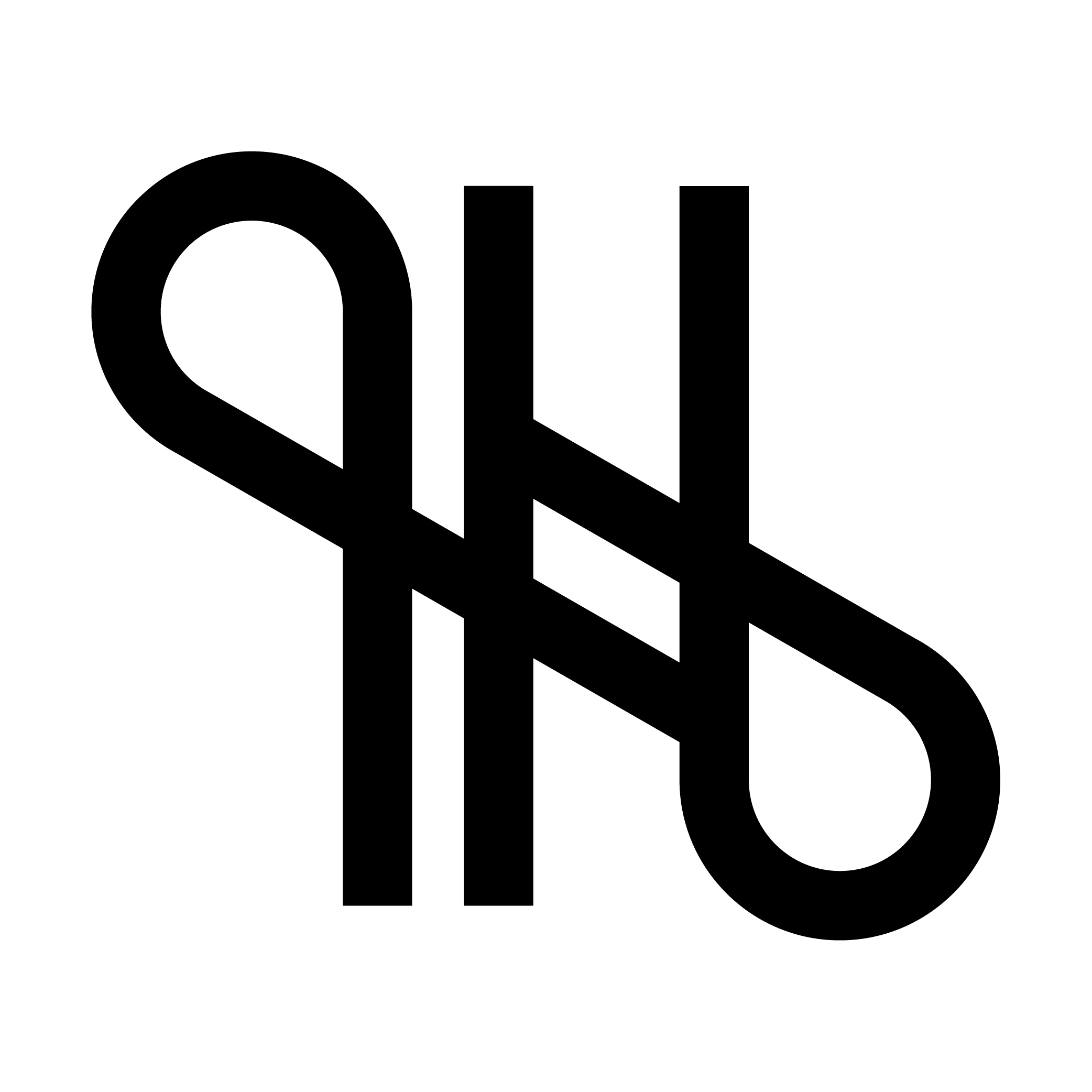Introduction:
As a graphic designer, a strong portfolio is essential to showcase your skills and attract potential clients or employers. Your design portfolio is your chance to highlight your best work, demonstrate your expertise, and set yourself apart from the competition. However, creating a standout portfolio can be a daunting task, especially if you are just starting out. In this guide, we’ll provide you with tips, examples, and best practices to help you create a design portfolio that showcases your skills and impresses your audience.
Section 1:
Defining Your Portfolio Goals Before you start creating your portfolio, it’s important to define your goals. What kind of work do you want to showcase? Who is your target audience? What do you want to achieve with your portfolio? Defining your goals will help you create a focused portfolio that aligns with your objectives. For example, if you want to attract clients in the fashion industry, your portfolio should feature your best fashion-related work.
Section 2:
Selecting Your Best Work Your portfolio should showcase your best work, not everything you have ever created. Selecting the right pieces is crucial to creating a strong portfolio. When choosing your work, focus on quality over quantity. Be selective and choose pieces that demonstrate your skills, creativity, and range. Your portfolio should also showcase your versatility and ability to work with different mediums and styles.
Section 3:
Organizing Your Portfolio Once you have selected your best work, it’s time to organize it in a way that makes sense. Your portfolio should have a clear structure and be easy to navigate. You can organize your work by medium, project type, or chronologically. Make sure that each piece has a clear title and description, and highlight your role in the project if you worked with a team. You can also include sketches, process work, and mockups to showcase your design process.
Section 4:
Creating a Cohesive Brand Identity Your portfolio is an extension of your personal brand, and it should reflect your style and personality. You can create a cohesive brand identity by using a consistent color palette, typography, and design elements throughout your portfolio. Your portfolio should also be visually appealing and easy to read. Avoid cluttered designs and use negative space to create balance.
Section 5:
Showcasing Your Personality and Passion Your portfolio is not just about showcasing your skills, but also your personality and passion for design. You can add a personal touch to your portfolio by including a bio, a photo, and a statement about your design philosophy. You can also showcase your personal projects, volunteer work, or hobbies that relate to design. These elements will help you stand out and make a personal connection with your audience.
Conclusion:
Creating a design portfolio is a crucial step in your design career, and it should be approached with care and attention to detail. By defining your goals, selecting your best work, organizing your portfolio, creating a cohesive brand identity, and showcasing your personality and passion, you can create a portfolio that stands out and impresses your audience. Remember, your portfolio is not just a showcase of your skills, but also a reflection of your personality and style. Use this guide as a starting point, and let your creativity and passion shine through in your portfolio.


Leave a Comment: